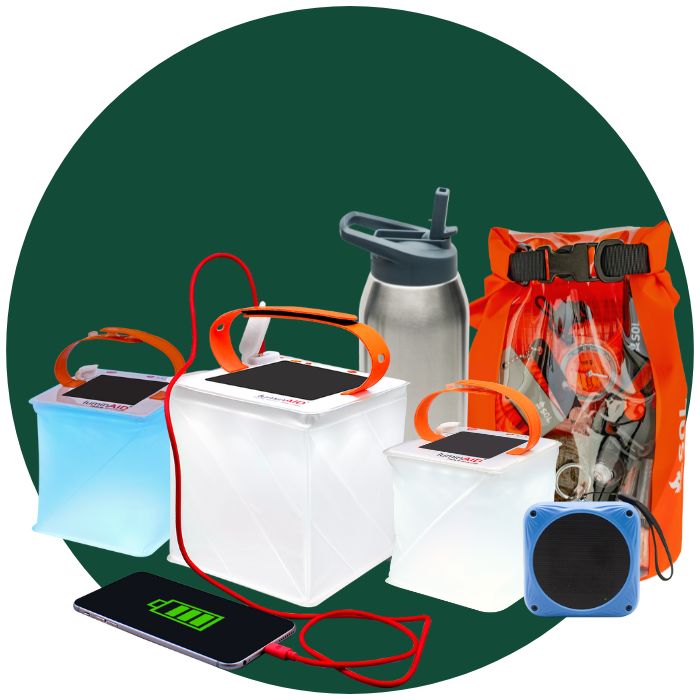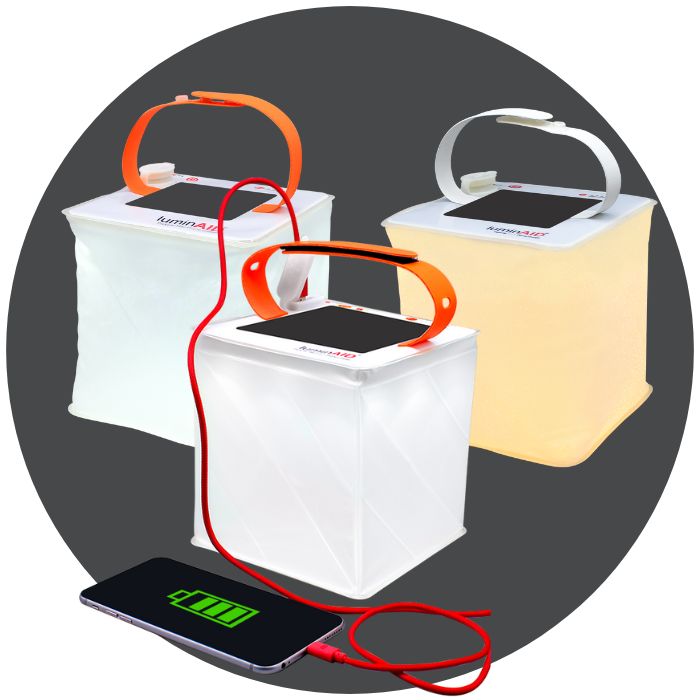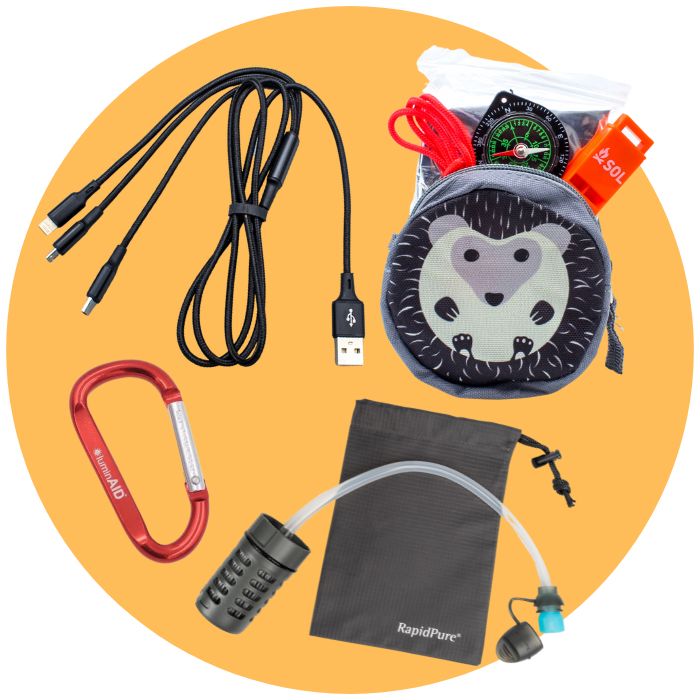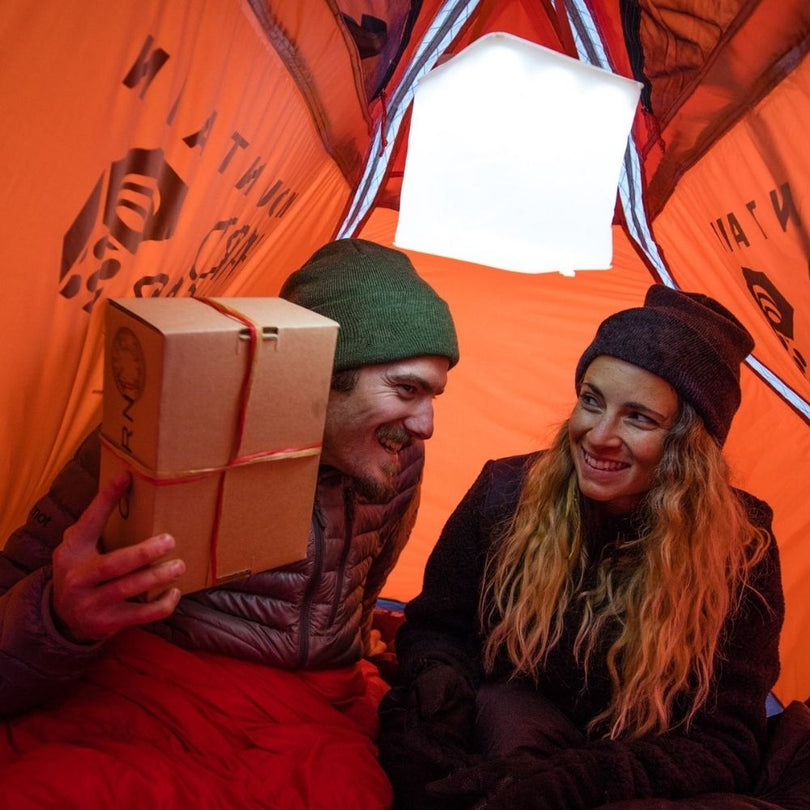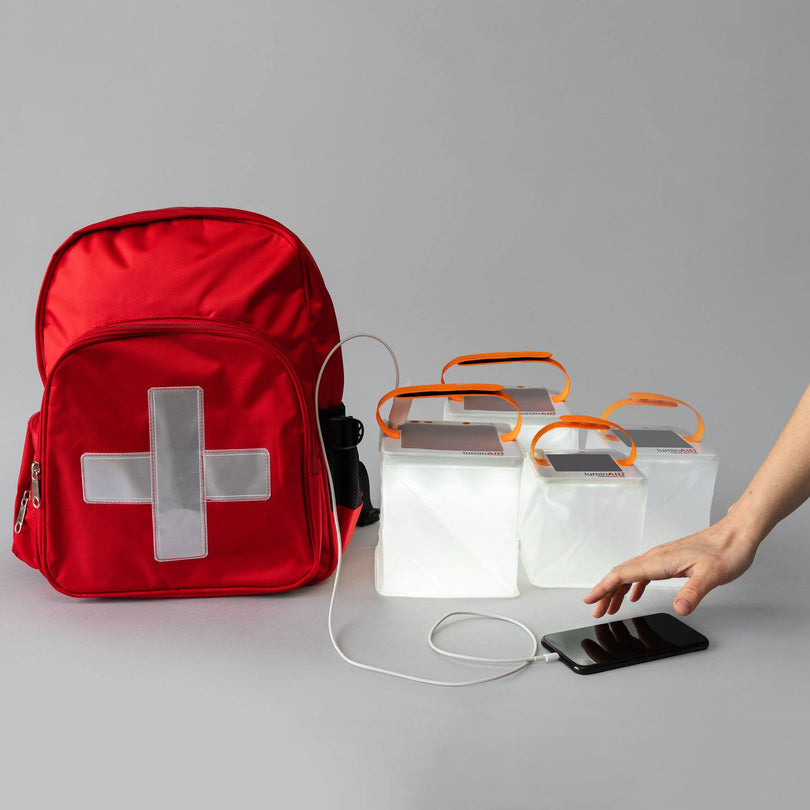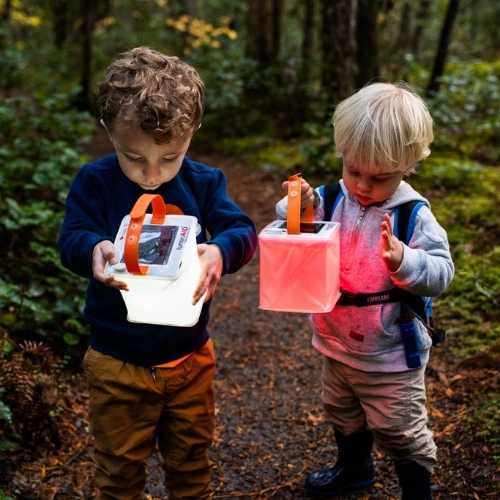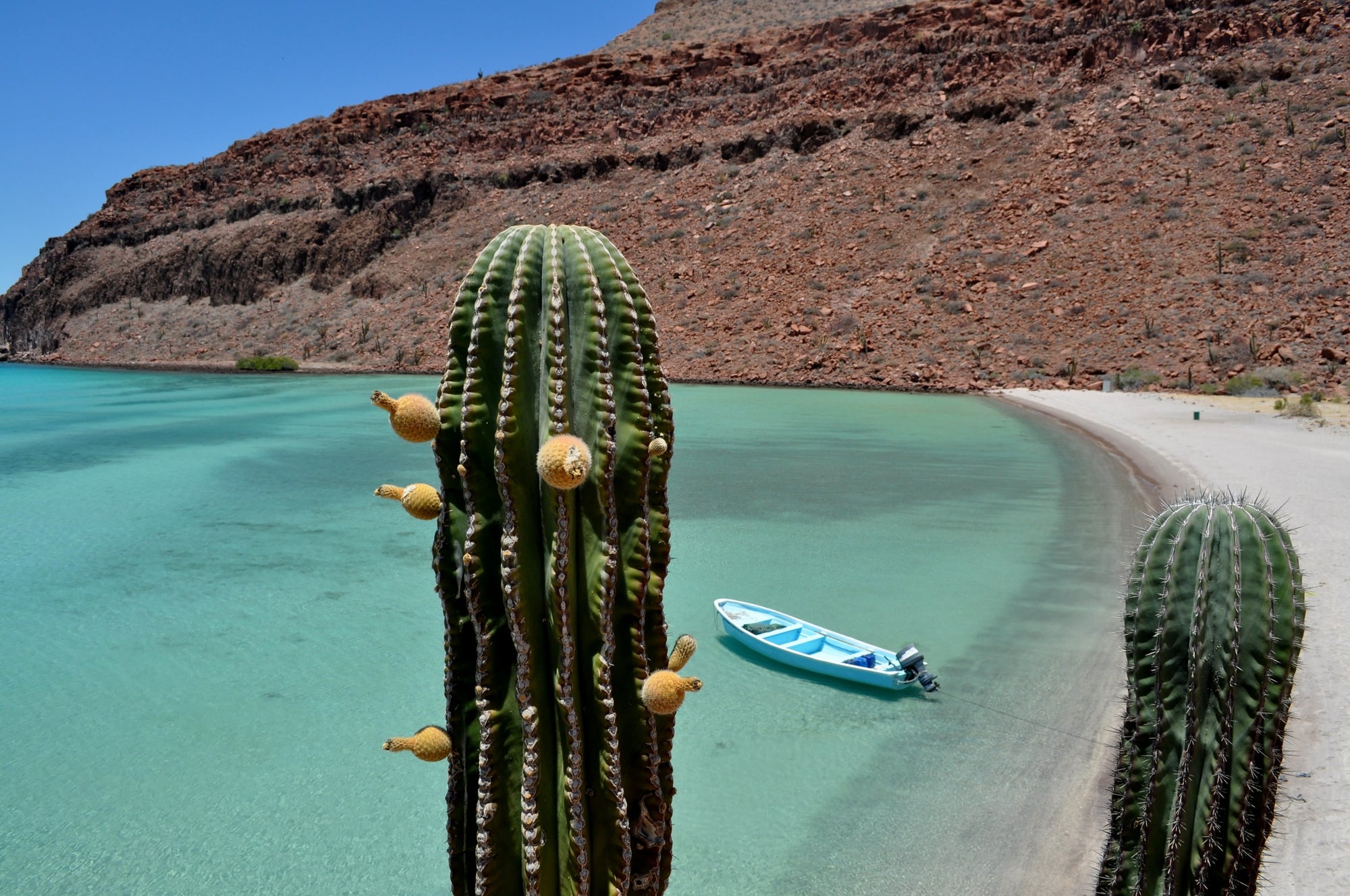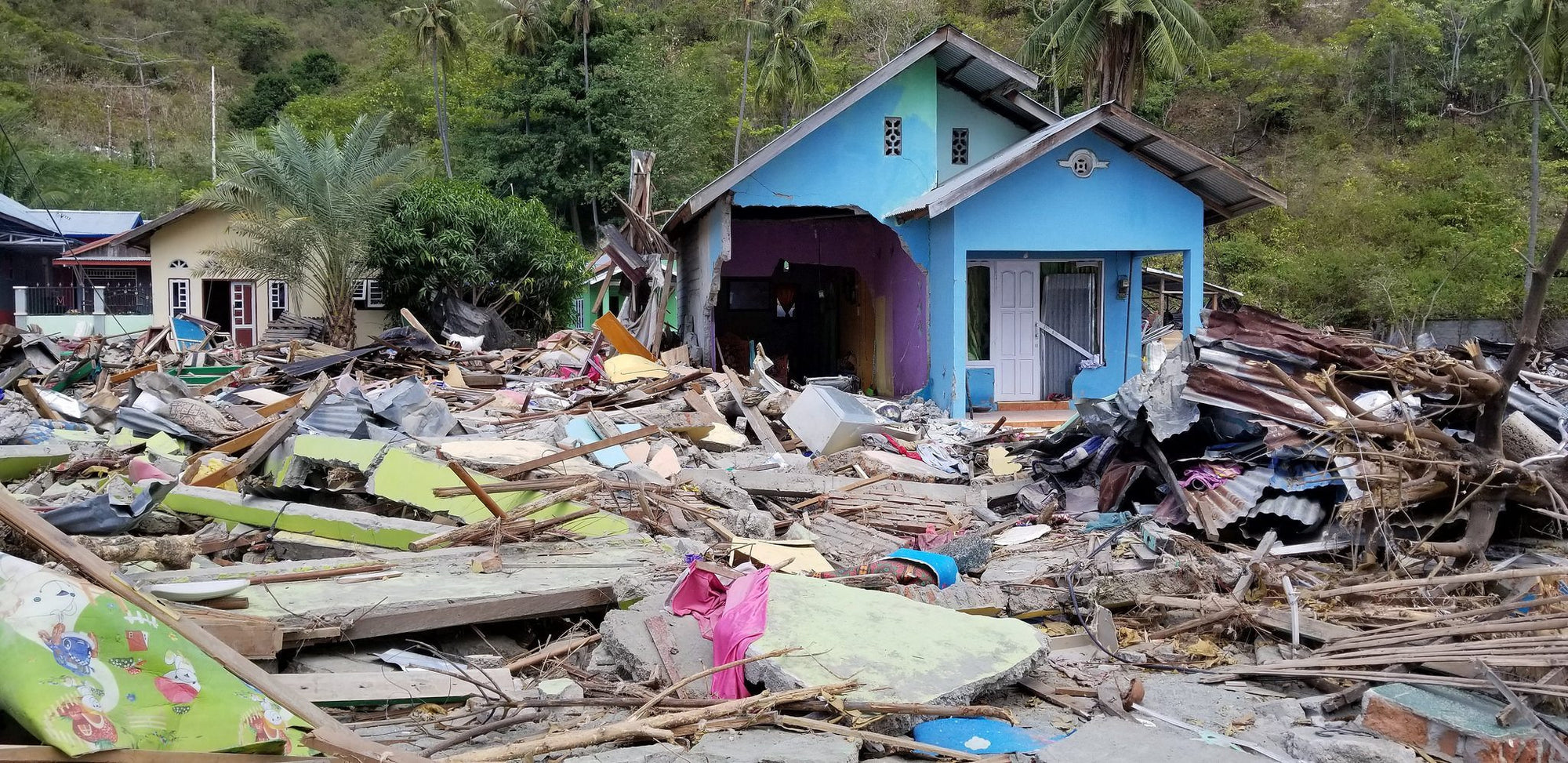For many of our nonprofit partners, hand-carrying solar lights and other humanitarian aid supplies is a cost-effective way to transport aid items on international trips, especially for groups. Typically, for international travel, airlines allow passengers to check 1-2 bags in addition to their carry-on luggage. With the recent rise of budget fares, more airlines are now starting to charge for carry-on or checked luggage. However, the additional $25-75 cost to check a bag is still often very reasonable when compared to international shipping rates.
Once you have done all your packing and you are ready to fly, consider these three things for your trip: pack according to your airline’s baggage policy, understand how to comply with TSA battery regulations, and prepare documentation that you might need for customs clearance.
Understanding Weight Limits

Airlines have stated weight and size limits for both carry-on and checked luggage. You can look up your airline’s baggage limits on their website, or a comparison chart like this one. If you’re checking a bag, it may be cheaper to pay for it online when you check in, rather than waiting until you get to the airport.
LuminAID lights pack flat for easy transport, which means you can fit a LOT of lights in your luggage. When co-founders Anna and Andrea flew to Puerto Rico after Hurricane Maria, we fit 106 PackLite Max 2-in-1 Phone Chargers into a checked roller bag suitcase.
Check out this post for charts that show the size and weight of the boxes our lights ship in. Be aware that your bags may have a 40-50lb weight limit, so you might want to divide lightweight but bulky items like clothes between several suitcases to stay under the per-bag limit. Be sure to account for the weight of the bag itself.
Understanding Battery Regulations

Like many portable electronics, LuminAID lights are powered by lithium-ion batteries. Like tablets, cameras, and cell phones, LuminAID lights can be packed in your carry-on or checked luggage as long as they are turned off, and packed securely. If you have LuminAID lights in your carry-on, we recommend taking them out of your bag and placing them flat into bin a when you go through the TSA security screening. The current TSA instructions are to take all laptops, tablets, and “electronics larger than a cell phone” out of your luggage and place them in a bin. Because our solar lanterns are about the size of a large cell phone, we recommend taking them out, just to be on the safe side. We also suggest packing the products with their packaging and instruction manuals, so that if TSA agents need to take a closer look, it will be easy for them to understand what the product is.
Before your trip, you should review the FAA’s Pack Safe guide for the latest policies. The category that LuminAID lights fall into is “Portable electronic devices, containing batteries.” Note that because the batteries are contained inside the product and are not removable, LuminAID lights are not in the same category as “spare” or “loose” lithium-ion batteries, which are subject to stricter regulations.
Understanding Customs & Duties

When traveling internationally, you should always have photocopies of your passport, visa, and other important documents like your vaccination records. This Peace Corps Packing List is a good starting point for long-term stays.
When you go through customs, you will be asked to declare the items in your luggage. You may have to pay a customs duty charge based on the value of the goods you are bringing into the country. You should print and bring a copy of your receipts or order confirmation emails, especially if you purchased the goods at a discount – you don’t want to be responsible for the full retail value of the items. We also recommend that you bring a letter on your organization’s letterhead detailing the humanitarian purpose of your travel, and confirming that the goods are not for resale, which may exempt you from duties or taxes.
Before your trip, you can reach out to the foreign embassy or consulate of the country you are traveling to, in order to find out what to expect at customs. You can also consult travel.state.gov’s Country Information pages. Raptim Travel has a good guide on how to prepare for an international humanitarian trip here.
LuminAID lights are in use in over 100 countries, thanks to our customers and nonprofit partners. Through our Nonprofit Subsidy Program, nonprofits and private individuals travel with LuminAID lights every month. Make sure you’re prepared for your trip by following these helpful tips.

